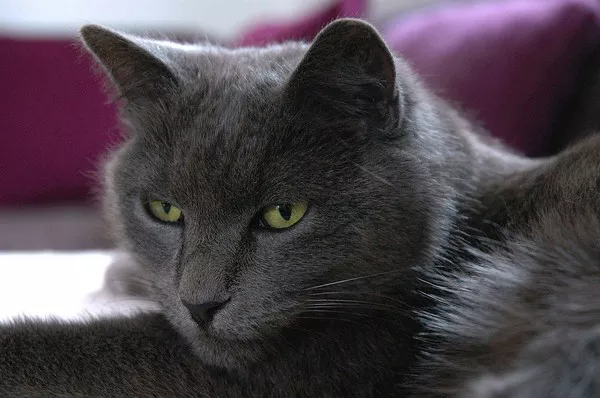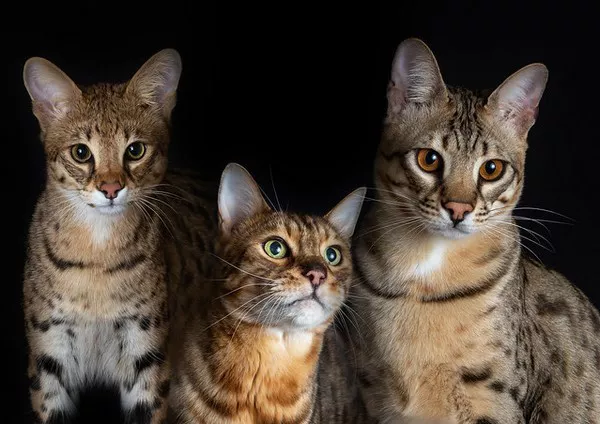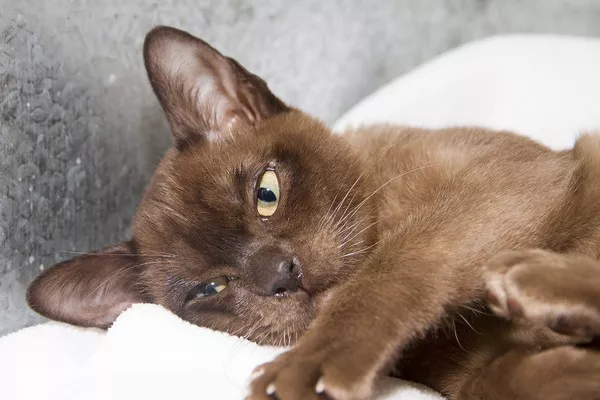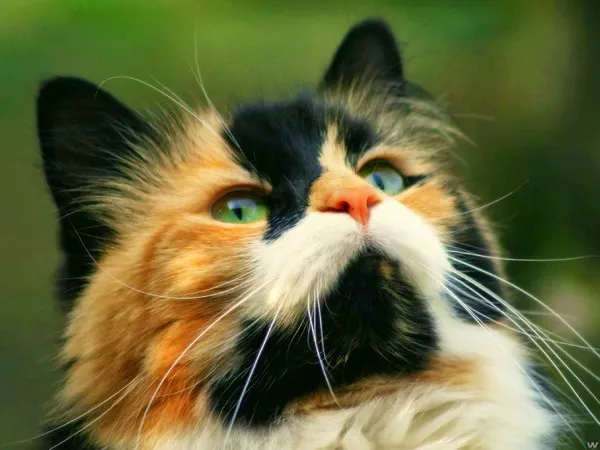Chartreux cats are known for their distinctive blue-gray fur, striking orange eyes, and sweet temperament. As beloved companions, these charming felines capture the hearts of cat enthusiasts worldwide. However, caring for a Chartreux involves more than just cuddles and playtime – it also requires providing proper nutrition to support their health and well-being. In this comprehensive guide, we will explore how much a Chartreux cat typically weighs, along with feeding tips to ensure they thrive.
Understanding the Chartreux Cat
Before delving into weight and feeding tips, let’s take a closer look at the Chartreux breed. Originating from France, the Chartreux is a medium-sized cat with a sturdy build and a dense, water-repellent coat. Known for their gentle and affectionate nature, Chartreux cats are often described as “dog-like” in their loyalty and devotion to their human companions.
In terms of physical characteristics, Chartreux cats typically have a rounded head, large expressive eyes, and a short, straight nose. Their ears are medium-sized and rounded at the tips, giving them an alert and attentive appearance. The most distinctive feature of the Chartreux is its plush, double-layered coat, which comes in shades of blue-gray ranging from ash to slate.
How Much Does a Chartreux Cat Weigh?
The weight of a Chartreux cat can vary depending on factors such as age, sex, genetics, and lifestyle. On average, adult Chartreux cats typically weigh between 7 to 16 pounds (3 to 7 kilograms), with males generally being larger and heavier than females. However, individual cats may fall outside of this range, so it’s essential to monitor your cat’s weight and consult with a veterinarian if you have any concerns about their size or growth.
Feeding Tips for Chartreux Cats
Proper nutrition is essential for maintaining the health and well-being of Chartreux cats. Here are some feeding tips to ensure your furry friend receives the nutrients they need to thrive:
Choose High-Quality Food: Select a high-quality cat food that is formulated to meet the nutritional needs of adult cats. Look for options that contain real meat as the primary ingredient and are free from artificial colors, flavors, and preservatives.
Consider Age and Activity Level: Tailor your cat’s diet to their age, weight, and activity level. Kittens, seniors, and overweight cats may have different nutritional requirements, so choose a cat food that is appropriate for their life stage and health status.
Provide Fresh Water: Ensure your Chartreux has access to fresh, clean water at all times. Cats are not naturally inclined to drink large amounts of water, so it’s essential to encourage hydration by offering water in a clean bowl and placing additional water sources throughout your home.
Monitor Portion Sizes: Pay attention to portion sizes and avoid overfeeding your Chartreux. Use feeding guidelines provided by the cat food manufacturer as a starting point, and adjust portion sizes based on your cat’s individual needs, weight, and activity level.
Offer a Balanced Diet: Aim to provide a balanced diet that includes a mix of protein, fat, carbohydrates, vitamins, and minerals. Avoid feeding your cat table scraps or human foods that may be harmful or inappropriate for their digestive system.
Feed Regular Meals: Establish a regular feeding schedule and stick to it to help regulate your cat’s appetite and prevent overeating. Divide your cat’s daily food allowance into several small meals throughout the day to promote healthy digestion and prevent obesity.
Monitor Body Condition: Keep an eye on your Chartreux’s body condition and adjust their diet as needed to maintain a healthy weight. Use visual and tactile cues to assess their body condition score, and consult with a veterinarian if you notice any significant changes in weight or appetite.
Consult with a Veterinarian: If you have any questions or concerns about your Chartreux’s diet, consult with a veterinarian for personalized recommendations and advice. A veterinarian can help you create a nutrition plan tailored to your cat’s specific needs and monitor their health over time.
Conclusion: Nourishing Your Chartreux Cat
In conclusion, providing proper nutrition is essential for maintaining the health and well-being of Chartreux cats. By choosing high-quality cat food, monitoring portion sizes, and feeding a balanced diet tailored to their age and activity level, you can ensure your furry friend receives the nutrients they need to thrive. Remember to monitor your cat’s weight, body condition, and overall health, and consult with a veterinarian if you have any concerns or questions about their diet. With proper care and nutrition, your Chartreux cat can enjoy a happy, healthy life by your side for years to come.



























